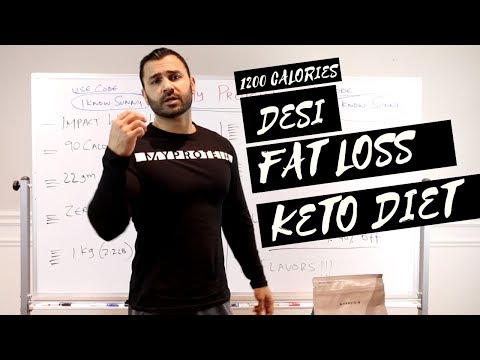
Please watch: “How To Get Big Arms Quickly , Bigger Triceps and Biceps in Just 4 Minutes”
-~-~~-~~~-~~-~-
How to use EPOC with your workouts to help burn fat and reduce cardio time with HIIT
I am showing how to use EPOC (excess post-exercise oxygen consumption) also know as the afterburn effect to help reduce your cardio time and sessions by integrating HIIT (high intensity interval training ) into your strength and resistance training along with calisthenics to help improve fat loss and reduce traditional cardio time. Download our FREE Bodybuilding Program
Examples of exercises:
Burpees
jump lunges
jumping jacks
box jumps
battle ropes
jump rope
med ball slam
thrusters
sprints
mountain climbers
Subscribe ,Like and follow Us:
DaVinci Fitness and Performance
Facebook
Instagram
Twitter
Google+
Pinterest
EPOC Overview
Body:During EPOC the body is restoring itself to its pre-exercise state, and thus is consuming oxygen at an elevated rate. This means that energy is also being expended at an elevated rate. The following occurs during EPOC:
1) Replenishment of Energy Resources: Replenishment occurs for the immediate source of energy, known as the phosphagen system, which is comprised of creatine phosphate and ATP (adenosine triphosphate). In addition, lactate, a molecule that is produced during more intense exercise, is being converted to pyruvate for fuel utilization. The body is also restoring the muscle glycogen (a stored form of glucose) that has been used during the exercise bout.
2) Re-oxygenation of Blood and Restoration of Circulatory Hormones: During exercise metabolism, large amounts of oxygen are used to break down food substrates for energy. Therefore, the body continues to expend energy after exercise to re-oxygenate the blood. In addition, in the postexercise period, the body restores the levels of circulatory hormones, which increased during exercise, to normal.
3) Decrease in Body Temperature: As energy is liberated from the exercising muscle tissues of the body, heat is produced. Thus, during EPOC, the body must expend energy to return to the normal core body temperature.
4) Return to Normal Ventilation and Heart Rate: Energy expenditure is greatly elevated as the body rapidly returns to a normal breathing rate. Heart rate is also returning to a pre-exercise rate.
EPOC and Weight Management
Because the body continues to expend energy after exercise, EPOC plays a supplemental role to an exercise program in weight management. Currently, researchers are interested in the effect different forms of exercise have on EPOC.
The evidence suggests that a high-intensity, intermittent-type of training (interval training) has a more pronounced effect on EPOC (Haltom et al. 1999). Also, it appears that resistance training produces greater EPOC responses than aerobic exercise (Burleson et al. 1998). The research suggests that high-intensity resistance exercise disturbs the body’s homeostasis to a greater degree than aerobic exercise. The result is a larger energy requirement after exercise to restore the body’s systems to normal (Burleson et al. 1998), and thus an explanation for the higher EPOC. The underlying mechanisms that cause the higher EPOC observed in resistance exercise include elevated blood lactate, and an increase in circulating catecholamines (epinephrine and norepinephrine) and anabolic hormones.
Inspecting the data from several investigations, it appears that EPOC accounts for postexercise expenditure of 51 (Haltom et al. 1999) to 127 (Burleson et al. 1998) kilocalories. Since a pound of fat is equal to 3,500 kilocalories, the effect of EPOC on weight control must be regarded in terms of a cumulative effect over time.
Workout videos:
Fitness tips:
HIIt Workouts :






